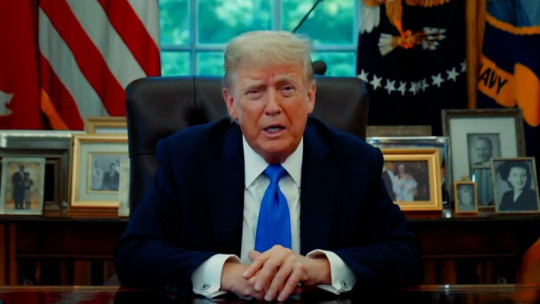US President Donald Trump has issued a sweeping new travel ban for people from 12 countries, revisiting a hallmark policy of his first term in office.
However, there are some key differences. The original travel ban suffered a series of legal defeats. This time, the policy appears to have been designed to avoid the same pitfalls.
Its predecessor, which targeted seven predominantly Muslim countries and was dubbed the 'Muslim ban' by critics, was ordered just a week after Trump took office in 2017 during his first term in the White House.
The countries affected by the latest travel ban are Afghanistan, Myanmar, Chad, Republic of the Congo, Equatorial Guinea, Eritrea, Haiti, Iran, Libya, Somalia, Sudan and Yemen.
The entry of people from Burundi, Cuba, Sierra Leone, as well as Venezuela will be partially restricted.
The US President signed the proclamation imposing the ban on Wednesday, saying the move was needed to protect against foreign terrorists and other security threats.
The directive is part of an immigration crackdown Mr. Trump launched this year at the start of his second term, which has included the deportation to El Salvador of hundreds of Venezuelans suspected of being gang members, as well as efforts to deny enrolments of some foreign students and deport others.
The proclamation comes into effect on Monday at 12:01 am.
Visas issued before that date will not be revoked.
Meanwhile, the Central African Union of Chad says it has suspended all visas to US citizens as a matter of "reciprocity" after learning that it is one of the dozen countries whose nationals are banned from travelling to the US.
Africa is the continent worst affected by the travel ban, with seven of the 12 countries listed.
Mr. Trump has warned that new countries could be added to the list of states whose citizens are banned from entering the US.










 All feeds
All feeds







